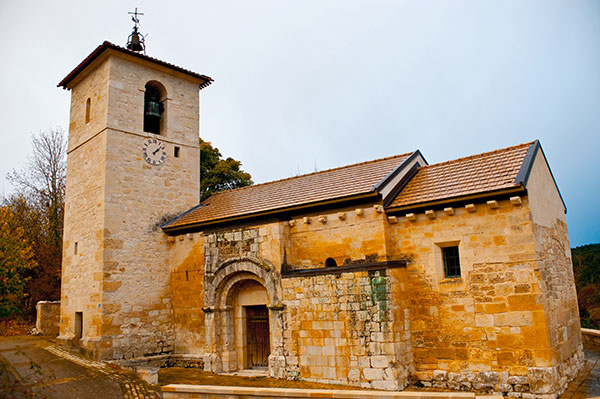This small town stands out for the significance of its church, San Román de Tobillas. This church has come to be positioned ahead of Valdegovía's monuments of greatest interest through the significant restoration work which the Historic Heritage Service of the Architecture and Urban Development Department of the Álava Regional Council has recently carried out, and can be considered the oldest church in the Álava territory, re-opening the debate on pre-Roman architecture.
There are four stages of construction:

But the significance of this building is not restricted to the evolution of architecture since pre-Roman times, it also outlines the significance the documentary sources at the time of dating it have had. The first testimony is brought by the abbot Abito, by telling us of the reform as a monastic church in the year 822. The second document is provided by the priest Vigila, who testifies to the restoration he carried out in the X century, through the epigraph preserved in the archeological museum. The third, recently discovered, testimony also reaches us through an epigraph, clearly of Mozarabic paleography, still in situ.
The discovery of the remains of the tufa dome on pendentives in the second phase of construction links it to a group of churches in the northern peninsula, dated to the beginning of the X century, but is this one, the first to be found in the Basque Country and the most northern of them all, the one which has provoked the question whether this is the point from where architectural novelty has expanded to the rest of the peninsula.
